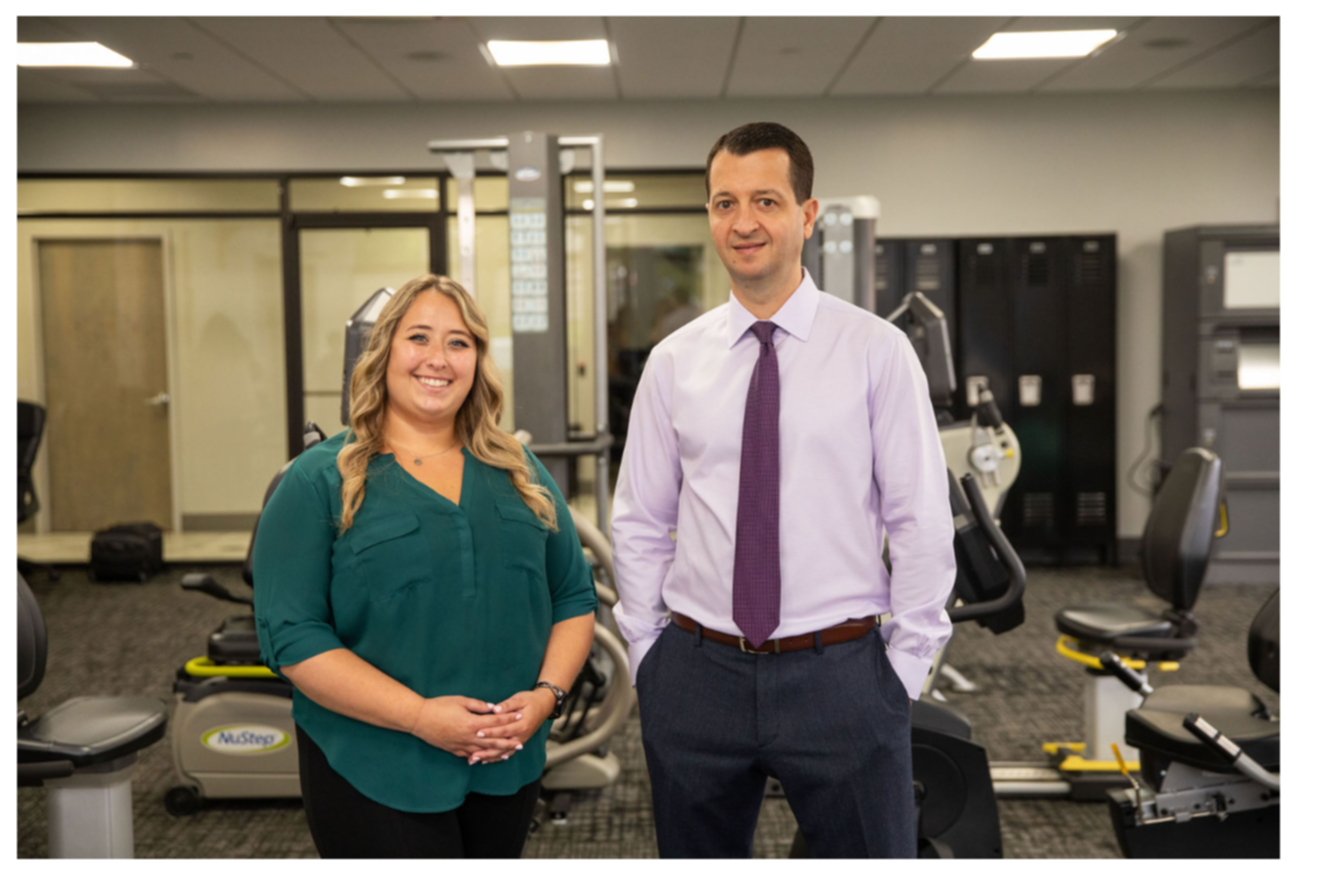Keeping Your Joints in Motion: How Physical Therapy Supports Orthopedic Health
Healthy bones, joints, and muscles are essential to living an active and independent life. They form the framework of the body, allowing movement, balance, and stability. When that system is compromised, even everyday activities, like walking, climbing stairs, or carrying groceries, can become difficult.
At New York Health (NY Health), the physical therapy team focuses on restoring that function and preventing long-term complications. With more than twenty years of experience Nickolas Frangis PT, DPT, CLT, has seen how maintaining orthopedic health can dramatically improve quality of life.
Orthopedic issues are among the most common reasons people seek care. Physical therapists routinely treat repetitive-strain injuries such as tendonitis, bursitis, and carpal tunnel syndrome, as well as spine-related pain, arthritis, sports injuries, and post-surgical rehabilitation. In the majority of cases, therapy aims to reduce inflammation, improve range of motion and strength and restore function.
“Movement is medicine,” says Dr. Frangis. “We're not just treating pain, we help patients restore mobility and build functional strength that allows them to improve their ability to move and stay active.”
Early warning signs of orthopedic problems often include pain, weakness, or a gradual loss of mobility. Addressing these issues promptly through physical therapy can help patients avoid surgery or chronic limitations. Treatment plans typically include manual therapy, supervised exercise and patient education on posture, body mechanics. Safe lifting techniques that can assist in preventing recurring strain on vulnerable joints.
Maintaining joint health doesn’t stop when therapy ends. Regular physical activity, including walking, stretching, and resistance training combined with a balanced diet and adequate hydration, helps preserve bone strength and muscle function. Each person’s plan should be tailored to their individual needs and medical background.
Dr. Frangis adds that one of the most common misconceptions about physical therapy is that it’s only for athletes or those recovering from surgery. “Physical therapy has the potential to improve function and reduce or eliminate pain,” he explains. “You don’t have to wait until you’re injured to take care of your body.”
Through individualized treatment and a hands-on approach, NY Health’s physical therapy program empowers patients to move with confidence, reduce pain, and maintain a healthier, more active life.
To make an appointment, please call (631) 574-8303. For more information, visit nyhealth.com.

